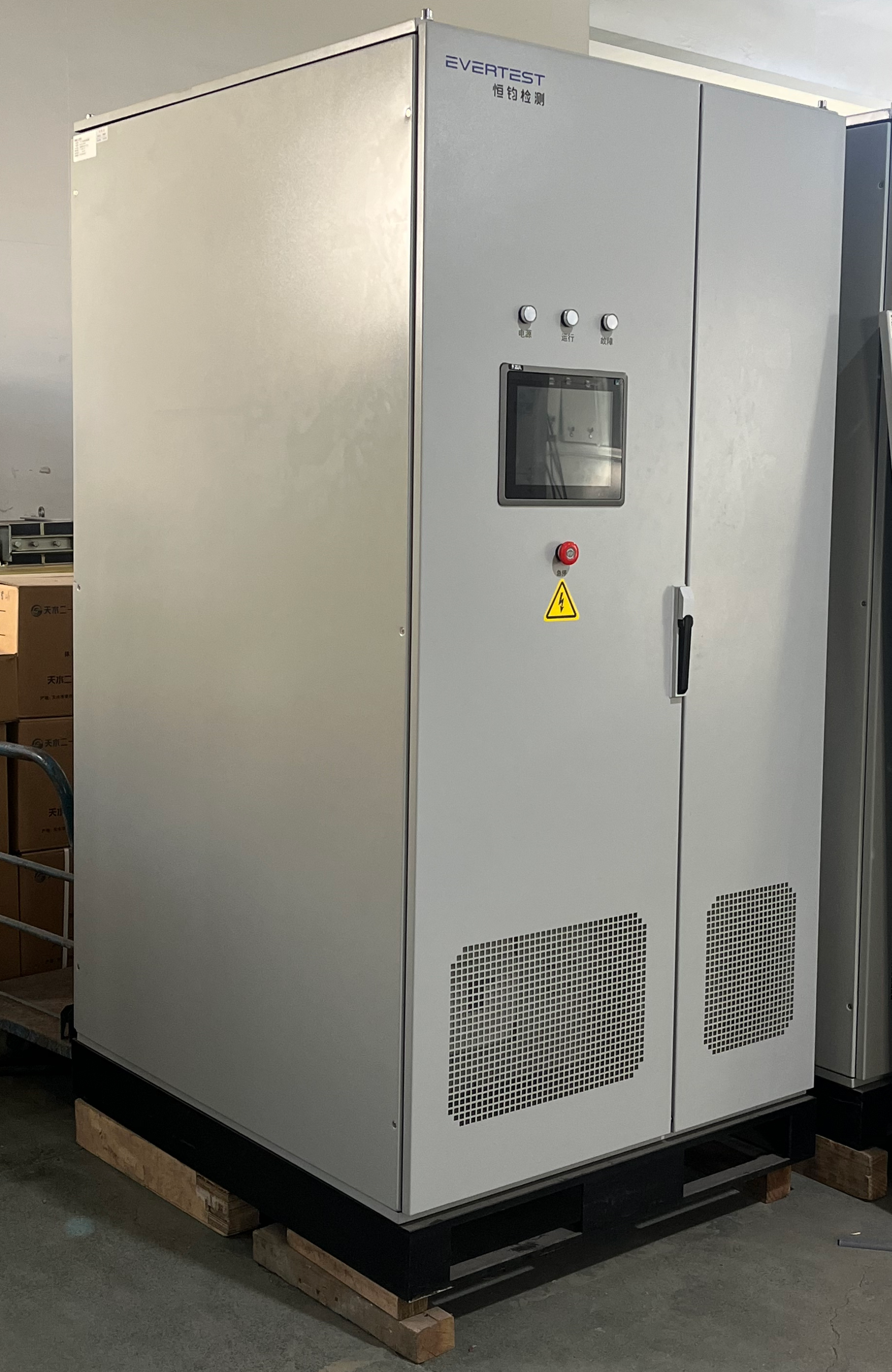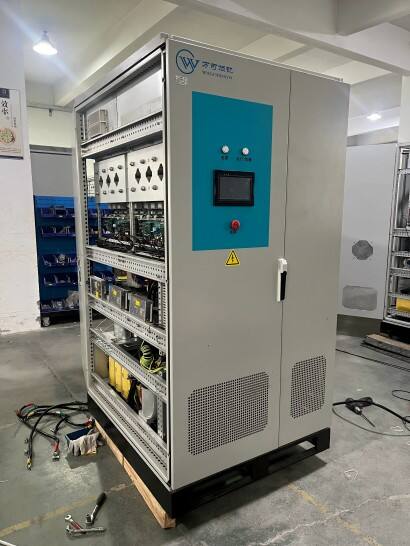wind power converter
A wind power converter serves as a critical component in modern wind energy systems, functioning as the bridge between wind turbines and the electrical grid. This sophisticated device transforms the variable frequency and voltage output from wind turbines into grid-compatible electrical power. The converter consists of two main stages: the generator-side converter, which manages power from the wind turbine, and the grid-side converter, which ensures proper grid integration. Advanced control systems within the converter optimize power generation across varying wind speeds while maintaining grid stability. The technology employs state-of-the-art power electronics, including IGBT modules and intelligent control algorithms, to achieve maximum efficiency in power conversion. Wind power converters are essential in both onshore and offshore wind installations, ranging from small-scale wind farms to utility-grade power generation facilities. They incorporate protective features against grid disturbances, voltage fluctuations, and environmental challenges, ensuring reliable operation under diverse conditions. Modern converters also feature sophisticated monitoring systems that provide real-time performance data and predictive maintenance capabilities, maximizing system uptime and operational efficiency.




